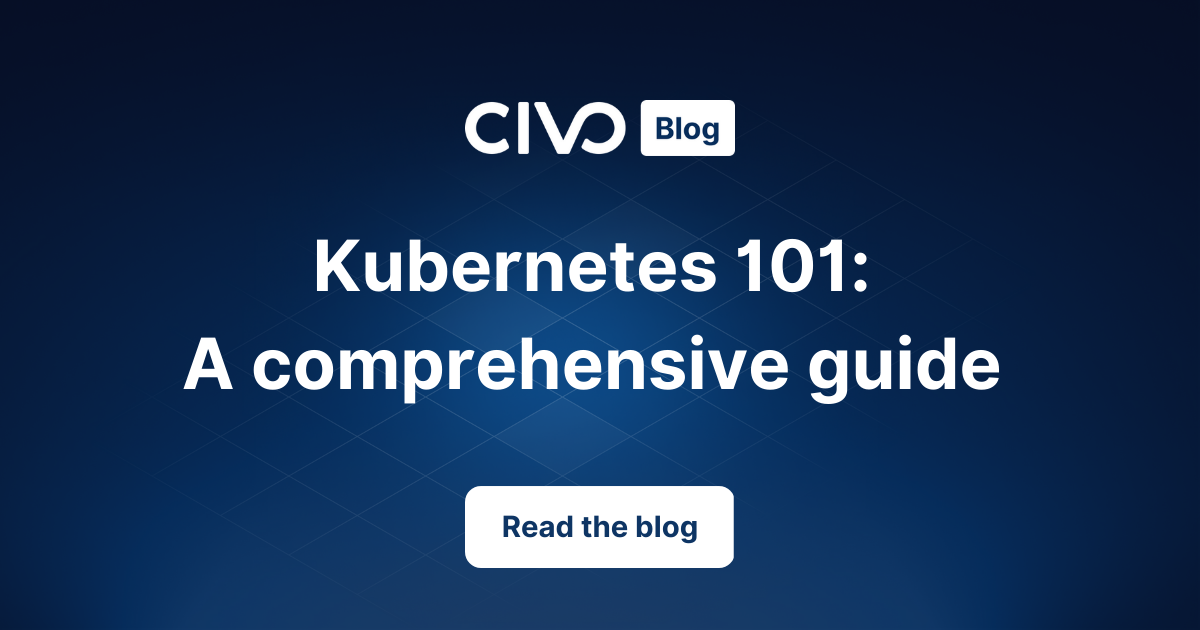What are Kubernetes Containers
Civo Academy - What are Kubernetes Containers
Description
In this Civo Academy lesson, we'll demystify what containers are, their benefits, and how they revolutionize application deployment and management.
In this section, we are going to learn about what containers are. Before we dive into it, let's imagine that you want to transport all these goods that you see on the screen from one country to another. And you might be wondering, how do I transport a car, a few barrels, grains, a piano, and so many different items, from one country to another? They might require some different modes of transportation in all these things. This car might be transported in some other way, and the grains might be transported in some other way. But the thing is that we're transporting it from one place to another.
Understanding Containers
Imagine you need to transport various goods from one country to another. The challenge lies in the diverse nature of these items, each requiring a different mode of transportation. This is where a shipping container comes into play. You can pack all your goods into this standard container, which can then be transported efficiently over long distances, irrespective of the items inside.
Now, let's apply this concept to software applications. Suppose you've developed an application that works perfectly on your machine. However, when you share it with a friend, it fails to run on their machine. This is a common problem in software development, often leading to the infamous response, "But it works on my machine!"
Wouldn't it be great if you could package your application into a 'box' and share this box with your friend? This box would contain your application and all its dependencies, ensuring it runs flawlessly on any system. This is precisely what a container does.
Technological Definition of a Kubernetes Container
A container is a lightweight, portable, self-sufficient entity that encapsulates an application and its dependencies. It ensures the application runs constantly on virtually any hardware platform. Containers offer a streamlined approach to build, test, deploy, and redeploy applications across multiple environments, from a local laptop to an on-premise data center, and even to the cloud.
Benefits of Containers
Containers offer several advantages over traditional deployment methods:
- Less Overhead: Containers require fewer system resources than traditional or virtual machine environments as they leverage the host operating system.
- Increased Portability: Applications running in containers can be deployed quickly across multiple operating systems and hardware platforms.
- Consistent Operations: Containers ensure applications run the same way, regardless of where they are deployed, solving the "It works on my machine" problem.
- Efficiency: Containers enable rapid deployment, patching, or scaling of applications.
- Support for Agile and DevOps: Containers accelerate development, testing, and production cycles, supporting agile methodologies and DevOps practices.
Scaling with Containers
Containers are not just about running applications; they also provide scalability. If you need to scale your application, you can create new containers. You can use a container orchestration engine like Kubernetes to manage multiple containers, which we'll explore in detail later in this course.
Conclusion
Containers offer a practical solution to many software development and deployment challenges. They provide an isolated environment for your application, ensuring it runs consistently across different systems. In the next section, we'll delve deeper into the infrastructure of containers and compare containers with virtual machines.
These may also be of interest

Kubernetes 101: A comprehensive guide
Learn all about Kubernetes, including its features, benefits, and advanced topics such as networking, storage, security, and operators.

What is DevOps? Practices, impacts, and challenges
Delve into the world of DevOps, exploring its practices, lifecycle, and architectural components. Discover how DevOps fosters business growth, drives technological innovation, and ways to navigate its implementation challenges.

How to Successfully Transition from DevOps to Platform Engineering
Explore the shift from DevOps to platform engineering with insights from our survey and practical tips for a successful transition.
